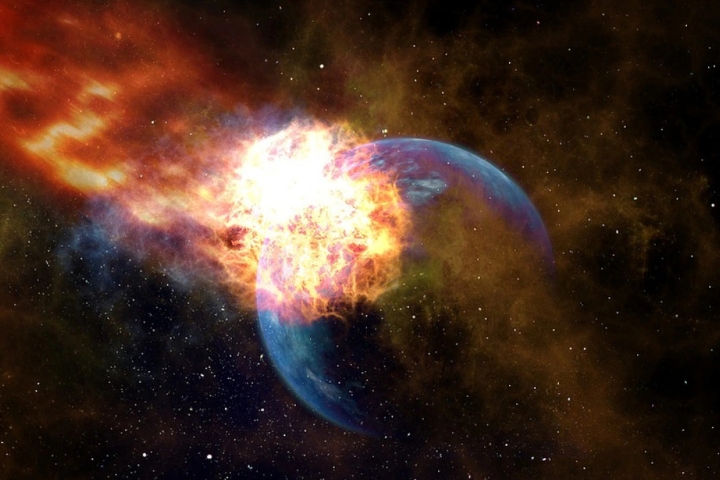The Orionid meteor shower is set to dazzle stargazers as it reaches its peak on October 20-21, 2024. Originating from the debris of Halley’s Comet, this annual celestial event promises a stunning display of meteors streaking across the night sky. Although this year’s viewing may be challenged by a bright waning gibbous moon, enthusiasts can still enjoy this spectacular phenomenon with the right preparations. This guide will provide essential information on when and where to watch the Orionids, along with expert tips for maximizing your viewing experience.
When to Watch: Peak Times for the Orionids
The nights of October 20 and 21 see the highest activity of the Orionid meteor shower, which lasts from September 26 to November 22. When the radiant point in the constellation Orion is at its highest in the sky, which is between midnight and sunrise, these meteors are best seen. Under ideal circumstances, viewers might still anticipate seeing 10 to 20 meteors every hour, despite some moonlight interference.
According to Robert Lunsford, the coordinator of fireball reports for the American Meteor Society, the ideal time to observe the Orionids will be any time after midnight when constellation Orion, which is the Orionids’ radiant, or the region from where meteors appear to originate, is high in the sky. With the exception of Antarctica, where the sun does not set at the moment, the spectacle will be visible everywhere in the world, he continued.
However, the Orionids are predicted to continue to generate meteors at a similar rate even a few days after peak activity. “The Orionids have a kind of a flat peak — a plateau of activity,” Lunsford said. “So, if it’s cloudy on that particular (peak) night, the night after it should be very close to the same activity you would see before.”
Tips for Optimal Meteor Watching
Preparation is key for an enjoyable meteor shower experience. Here are some tips for maximizing your viewing:
- Bring Comfort Items: Pack a sleeping bag or blanket to stay warm while lying outside.
- Allow Your Eyes to Adjust: Spend about 20-30 minutes in darkness to let your eyes adapt for optimal visibility.
- Avoid Using Optics: Binoculars and telescopes are not necessary; simply use your eyes to scan the sky.
- Stay Patient: The best views often come after waiting quietly in anticipation.
When Earth travels through the debris left by Halley’s Comet, the Orionids are created. These particles burn up as they hit our atmosphere at a high speed of about 41 miles per second, producing meteors, which are dazzling streaks of light.
The meteors we see racing across the sky are the result of the particles burning up when they enter Earth’s atmosphere. According to NASA, the larger particles can create meteors known as fireballs, which are brighter than the planet Venus.




GIPHY App Key not set. Please check settings